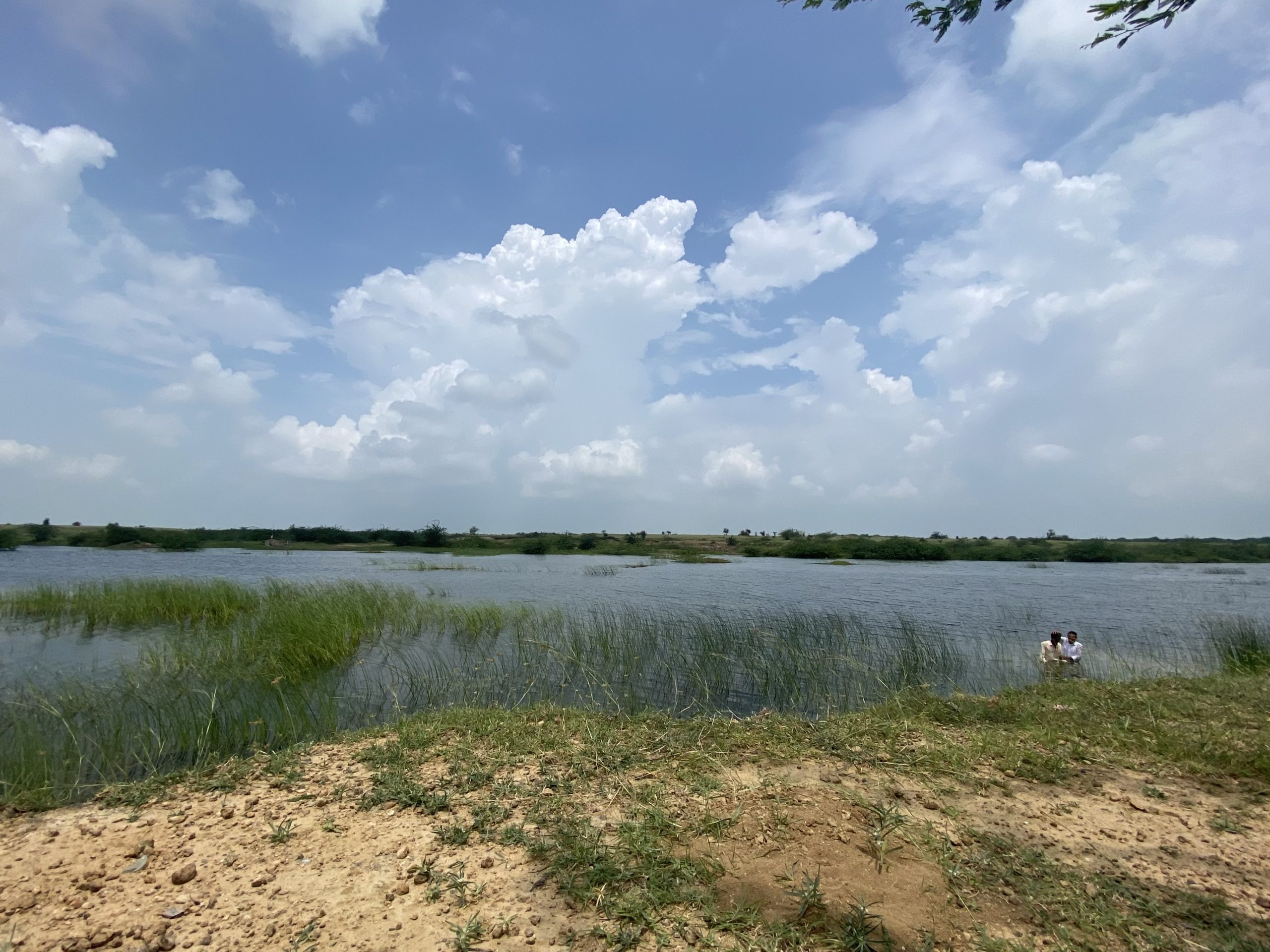South Asia is a beautiful, vibrant region that stretches from the (literal) sky-scraping Himalayas to the white-sand beaches of the Maldives. Spanning seven countries, South Asia is home to 1.8 billion people living in major urban areas and in rural villages. It is the birthplace of Hinduism, Buddhism, Sikhism and Jainism, and nearly one-third of the world’s Muslims live there. It is one of the least reached places in the world — a densely concentrated region of lostness.
Idol worship is prevalent and temples can be found all across South Asia. The depths of poverty, addiction, abuse and death can be jarring. Yet amongst the 1.7 billion unreached people, the gospel continues to be a beacon of light in the darkness. Though circumstances are often harsh, the good news of Jesus offers abundant life; the peace of Christ is the hope for many.
As an intercultural studies student I had the opportunity to serve in South Asia several times between 2019 and 2021. I ministered alongside Gateway alumni who are full-time missionaries with the International Mission Board (IMB). These opportunities were formative: they clarified and confirmed my calling to missions and developed my definition of missional living.
The South Asian church was a steadfast example of what it means to be missional. The life and testimony of South Asian believers I encountered taught me a missional life is an obedient life. Many believers I met could not read or write, forwent opportunities for work to instead go make disciples, and often suffered persecution for following Jesus. Despite the challenges they faced, their vision was clear — it was worthwhile to live in obedience to Jesus Christ. Only Christ redeems sinners and restores life from death; obedience to God was sharing the truth of his death and resurrection with those who had not yet heard it.
It was a great privilege to work alongside South Asian brothers and sisters. We taught that every believer is called to witness to the lost. Through an audio gospel presentation tool called Ek Rasta, believers were trained to utilize the Bible as an evangelism guide. In a culture where many are illiterate, Ek Rasta is used in a vital form of evangelism to non-believers and discipleship of believers because it allows listeners to hear recorded Bible stories in their language. Ek Rasta includes 35 Bible stories, from creation to Christ to the new creation seen in Revelation. It is a creative solution that does not demand a doctorate in theology or a gift in public speaking. It does, however, require obedience to do the work of evangelism.
Evangelism is not a task limited to pastors or church planters — evangelism is for every believer and Ek Rasta empowers South Asian believers to share their faith in obedience to Christ’s command. They labor for the Kingdom by using this tool to share the gospel with the lost, disciple believers to abide in Christ and practice their faith, plant healthy churches, and develop leaders and missionaries who will minister in new places.
Our South Asian brothers and sisters taught me that missional living begins with faith and obedience. The call to follow Jesus gives every believer the privilege of participating in the Great Commission. May we each pursue it with small acts of radical obedience so that we may join him in reaching every tribe, tongue, and people with the gospel of Jesus Christ.

